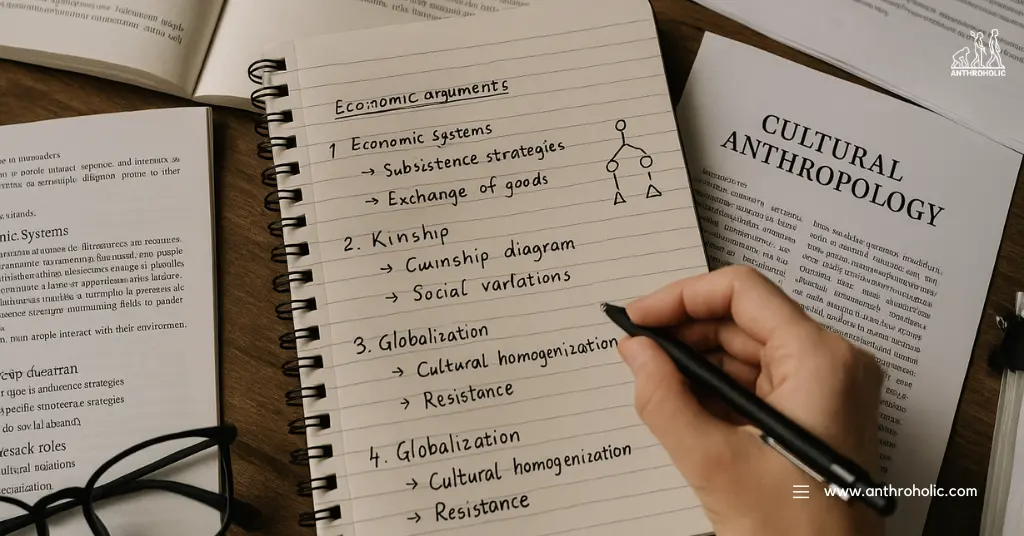AI Answer Evaluation Platform Live Now. Try Free Answer Evaluation Now

Assessing the Influence of Cultural Norms on Student Behavior and Discipline
How cultural norms shape student behavior and discipline in schools, influencing learning styles, authority, rules, and conduct, plus practical steps for culture-smart classrooms.










